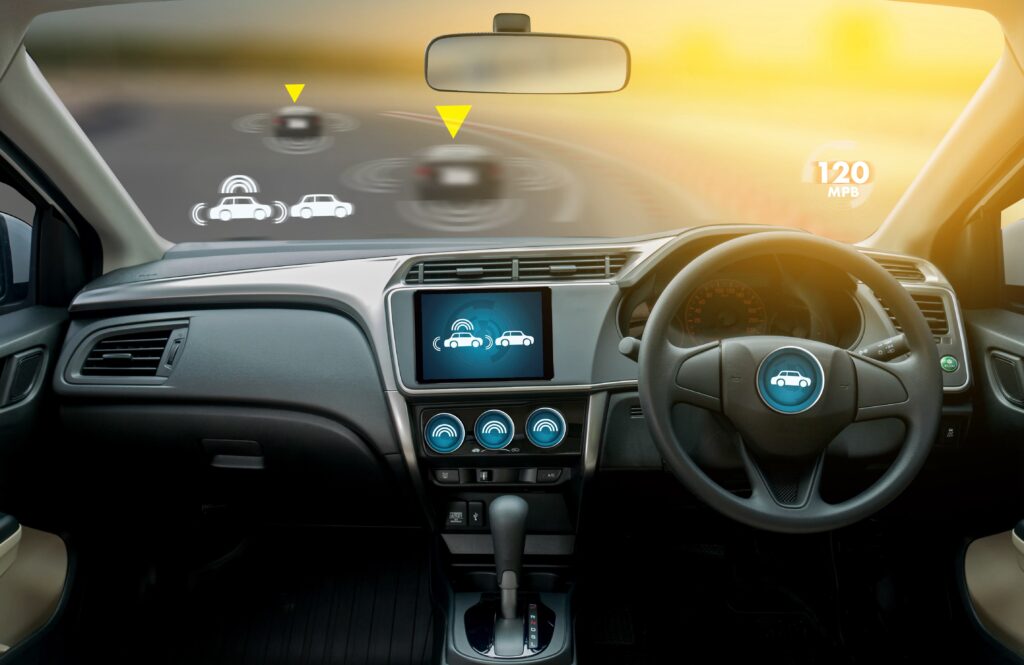
By Remus Lim
Imagine you’re driving to work, and you receive a text message. Your eyes dart to your phone for just a moment – but in that moment, a child suddenly runs in front of your car. MIT research says you now only have 390 to 600 milliseconds to react.
As autonomous vehicles (AVs) speed their way into the forefront of public consciousness, this scenario raises an important question: Can an AV be entrusted to make such life-and-death decisions that humans struggle with? Do the benefits outweigh the drawbacks?
AVs – The end of road accidents or the start of a new conundrum?
Minor mishaps aside, the reality is that up to 99 per cent of road accidents are still caused by human error.
What if, once better trained on past data, AVs could actually make the conditions on the road better and safer for all? While this might sound like a stretch, evidence shows that the technology to make driving safer is already in place today.
While self-driving technology is still developing, we can start pairing AV technologies with human oversight to shift more driving to the vehicle itself. This can greatly reduce traffic accidents currently caused by human errors such as driver fatigue.
Driving innovation beyond the road
AVs offer more than just safety benefits. They can make public transportation more efficient and affordable by reducing the need for human drivers in buses, taxis, and private hire cars. This not only allows for safer rides but also lowers costs for commuters.
AVs also present a chance for societies to redesign transport to be more inclusive. Passengers with disabilities who are unable to drive will have new transport options that allow them to travel more easily. Automakers can also use the space freed up from the removal of the driver’s seat and instruments to better fit assistive devices, like powered wheelchairs.
On a broader scale, the data collected by AVs on the road can be gathered, studied, and used to optimise traffic control and management. For example, during a busy morning, the real-time traffic insights produced by AVs could be sent to transport authorities, informing them to deploy more AV buses along a specific route and redirect vehicles for better traffic flow.
Vehicle data has also been used to drive sustainability initiatives; the Chinese Research Academy of Environmental Sciences (CRAES), responsible for supporting China’s environmental goals, analyses petabytes of emissions data from all heavy-duty vehicles in the country to better inform carbon reduction policy recommendations. Data from AVs can also be used in a similar fashion to help countries meet their sustainability objectives.
How can we better train AVs to bring these benefits to the road?
Although the benefits are clear, many people still hold reservations towards AV technology. How can we build stronger public trust in this promising technology? Can we trust AVs to make the right decisions, or more accurately, the AI that powers these AVs?
As with most AI-driven technologies, this is a chicken-and-egg issue revolving around training data. AV AI’s require massive data sets to capture as many possibilities of realities and learn how to improve self-driving performance. However, most data on vehicle use are currently not robust enough due to limited deployment studies.
How do we capture more data to better train these AIs? It’s not about just adding more sensors; it’s about improving supporting infrastructure and policies. We need more networks, data centres, expertise and investment to drive success.
Vehicles generate an immense amount of data. Just one hour of driving the Jaguar I-Paces created more than 1,100 gigabytes of data, the equivalent of 80 hours worth of high-definition movies on Netflix. Without the proper infrastructure and data management processes to analyse this data quickly and cost-effectively, progress will be slow.
Authorities should also create more conducive environments for AV training. Accelerating landzoning exercises to carve out suitable pilot testing grounds is one way to drive success. Singapore is already doing this in mission-critical operations. For example, AVs are now used in Changi Airport’s baggage loading operations in Terminal 3 to drive enhanced efficiency and productivity.
On the software side, organisations need to double down on proper management of data streaming in from different sources, like traffic, weather, and terrain conditions. This is absolutely critical to ensure that AI algorithms underpinning AV systems can make the most informed decisions in real-time. This focus on data highlights the need for effective data management platforms that allow AV manufacturers to get the best insights out of their datasets.
Fortunately, many automakers are making progress with data management. For instance, SAIC Volkswagen recently built a vehicle data monitoring platform to better process greater volumes and types of data collected from its smart vehicles and monitor their performance. This new approach to data management has been instrumental in meeting new compliance regulations.
The company also used their new data platform to build an application which brings smarter automobile services to customers, including remote checking of a vehicle status in real-time, and intelligent navigation services. Data management platforms like these are essential to wrangling the numerous datastreams created by AVs, and it will only be a matter of time before more automakers get on board.
AVs are just at the starting point, but we can work together to move faster
We’re at the beginning of unlocking the vast potential of AI, and AVs present opportunities to collectively advance societal good. Regardless of the news we currently see on Avs, the truth remains: technology is a tool, whether used to drive positive change or cause harm to society, is dependent on how we choose to leverage technology.
AVs are a viable option for transport as long as governments and organisations work together to plan for their rollout and account for potential risks. Just like how we convinced the world to travel by plane, convincing the public to get on board AVs can be done. We just need to work closer hand in hand to make that happen.
Remus Lim is vice president for Asia Pacific and Japan at Cloudera















